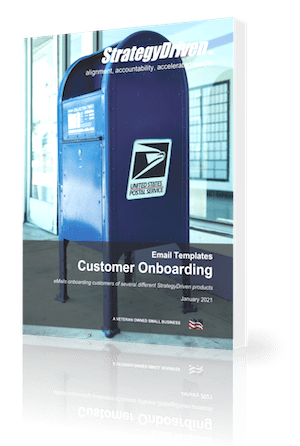How to Recognize and Reward Employee Excellence in the Workplace
The Importance of Recognition
Recognition in the workplace is a cornerstone for maintaining a motivated and engaged workforce. Employees who feel acknowledged are more likely to be productive and stay loyal to the company. This can be done by recognizing individual efforts and celebrating team achievements. Implementing custom awards such as plaques, trophies, and medals can be an effective way to show appreciation for employees’ hard work. According to a study by Gallup, employees who feel acknowledged are more engaged and productive than those who do not.
The benefits of recognition extend beyond improving morale. Proper recognition can lead to increased job satisfaction, reduced turnover, and a more positive workplace culture. It can also drive employees to strive for excellence, thus fostering a culture of continuous improvement. By recognizing and rewarding excellence, you not only boost morale but also encourage a culture of continuous improvement and high performance. Custom awards help in setting a benchmark for quality and dedication within your organization, making employees feel valued and appreciated for their contributions.
Creating Effective Recognition Programs
Creating a solid recognition program necessitates careful planning and ensuring it is in line with your company’s objectives. Begin by recognizing primary performance metrics (PPMs) that are in accordance with your company’s goals. Clearly outline the appearance of success and make sure these measures are effectively communicated to all staff members. Professionals recommend that recognition programs are timely, specific, and inclusive to be effective. Use surveys and focus groups to determine which forms of recognition are most effective with your employees. This guarantees that the acknowledgment system is essential and valued by the individuals it seeks to honor.
Recognition requires being timely. Employees feel recognized and valued instantly when their efforts are acknowledged promptly. Being specific enhances the value by clearly identifying the behaviors or accomplishments that are being acknowledged, serving as a blueprint for others to follow. Inclusivity guarantees that every employee, no matter their position or job, has a fair chance to receive recognition. This promotes an environment of equity and equal chances.
Types of Awards and When to Use Them
- Praise and Acknowledgment: Simple verbal praise and written acknowledgments can go a long way in boosting morale. A heartfelt “thank you” or a mention in a team meeting can have a significant positive impact.
- Monetary Rewards: Bonuses, gift cards, and other financial incentives can be highly motivating by providing immediate, tangible benefits. These rewards are especially effective when tied to performance metrics and individual or team achievements.
- Tangible Awards: Trophies, plaques, and medals serve as lasting reminders of the recognition received. These physical symbols of appreciation can be displayed proudly and often become cherished mementos.
- Experiential Rewards: Events, trips, or special privileges can create memorable experiences that employees will cherish. These types of rewards can be particularly motivating as they offer unique experiences that employees might not otherwise have.
Aligning Recognition With Company Values
Recognition programs should reflect your company’s core values. When employees see that their efforts align with the broader mission of the organization, it fosters a deeper connection to their work. This alignment helps in building a cohesive company culture where everyone feels they are contributing to a common goal. For example, if innovation is a core value, recognizing employees who contribute innovative ideas reinforces this value and encourages a culture of creativity.
Ensure that the criteria for recognition are clear and consistently applied. This transparency prevents any perceptions of favoritism and ensures that all employees understand how they can contribute and be recognized. Aligning recognition programs with core values not only reinforces these values but also helps to attract and retain employees who share the same philosophy, thus strengthening the organizational culture.
Measuring the Success of Your Recognition Program
To determine if your recognition program is effective, track key metrics such as employee engagement scores, turnover rates, and productivity levels. Regular surveys will be used to gather feedback from employees on the recognition program. This data will help you refine and adjust the program as needed to ensure it remains adequate and relevant.
Measuring the success of your recognition program is crucial for its continual improvement. Engagement scores can reveal how motivated and satisfied your employees are. Tracking turnover rates can indicate whether the recognition program contributes to employee retention. Productivity levels can show whether employees are more motivated to perform at their best. Regular feedback from employees provides insights into how the program is perceived and what improvements can be made.
Conclusion and Best Practices
In conclusion, recognizing and rewarding employee excellence is crucial for cultivating a motivated and engaged workforce. By creating an effective recognition program, aligning it with company values, measuring its success, and avoiding common pitfalls, you can foster a positive and productive work environment. Implementing the best practices outlined in this article can help ensure your recognition program’s long-term success. Remember, the goal of recognition is not just to reward but to inspire ongoing excellence and commitment within your team.













Leave a Reply
Want to join the discussion?Feel free to contribute!